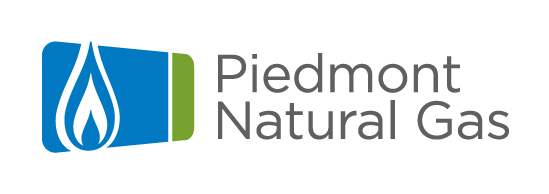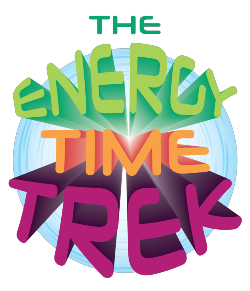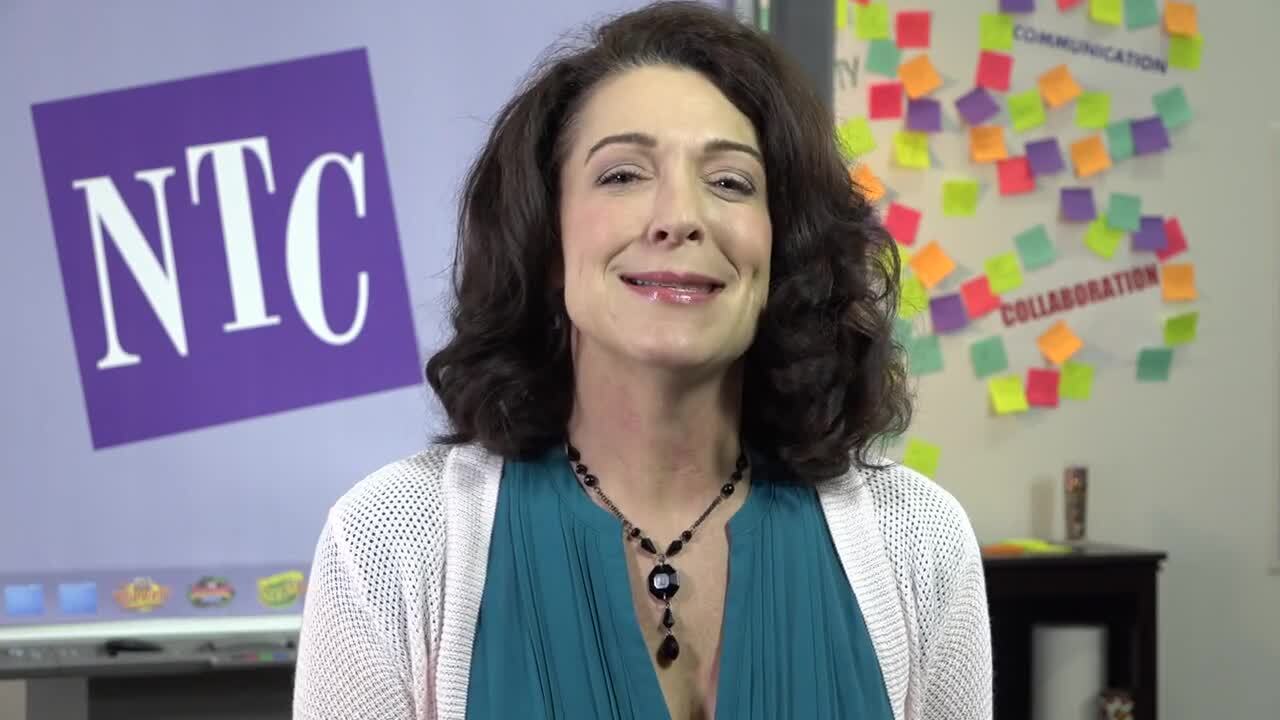Piedmont Natural Gas and NTC invite you to use these e-learning resources to teach your students about the importance of natural gas conservation and safety. The digital materials below are designed to get your students excited about understanding this important natural resource.
Want to know the best way to use the related videos, games, smart speaker activity and other lessons to educate your class? Watch this short video and learn how to add The Energy Time Trek to your curriculum.








